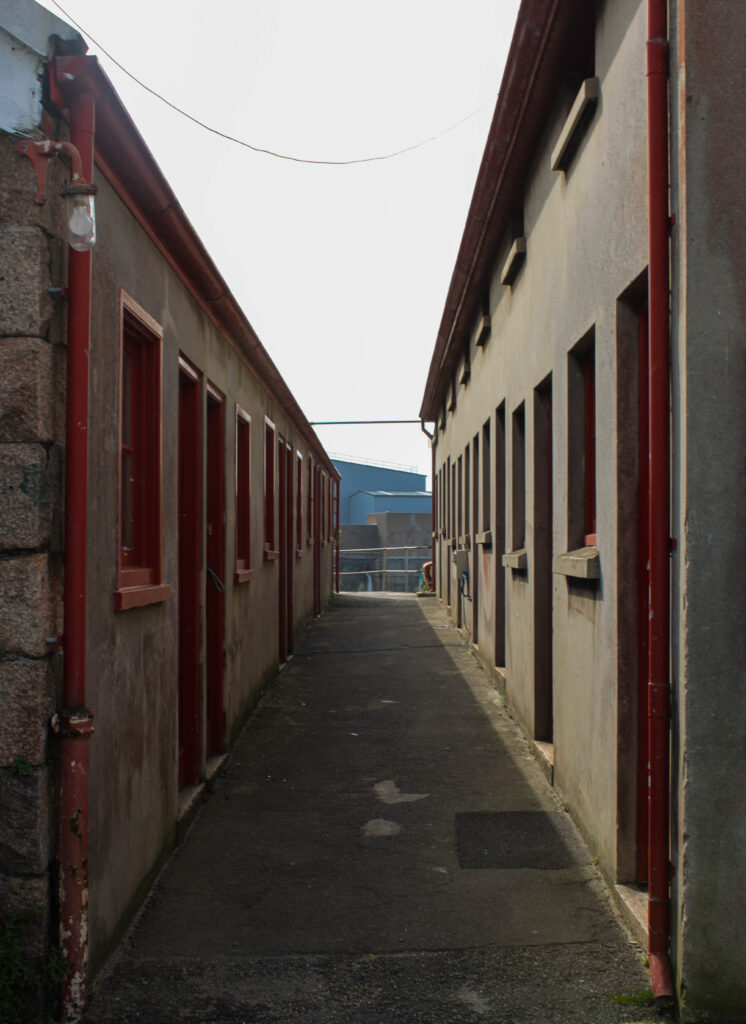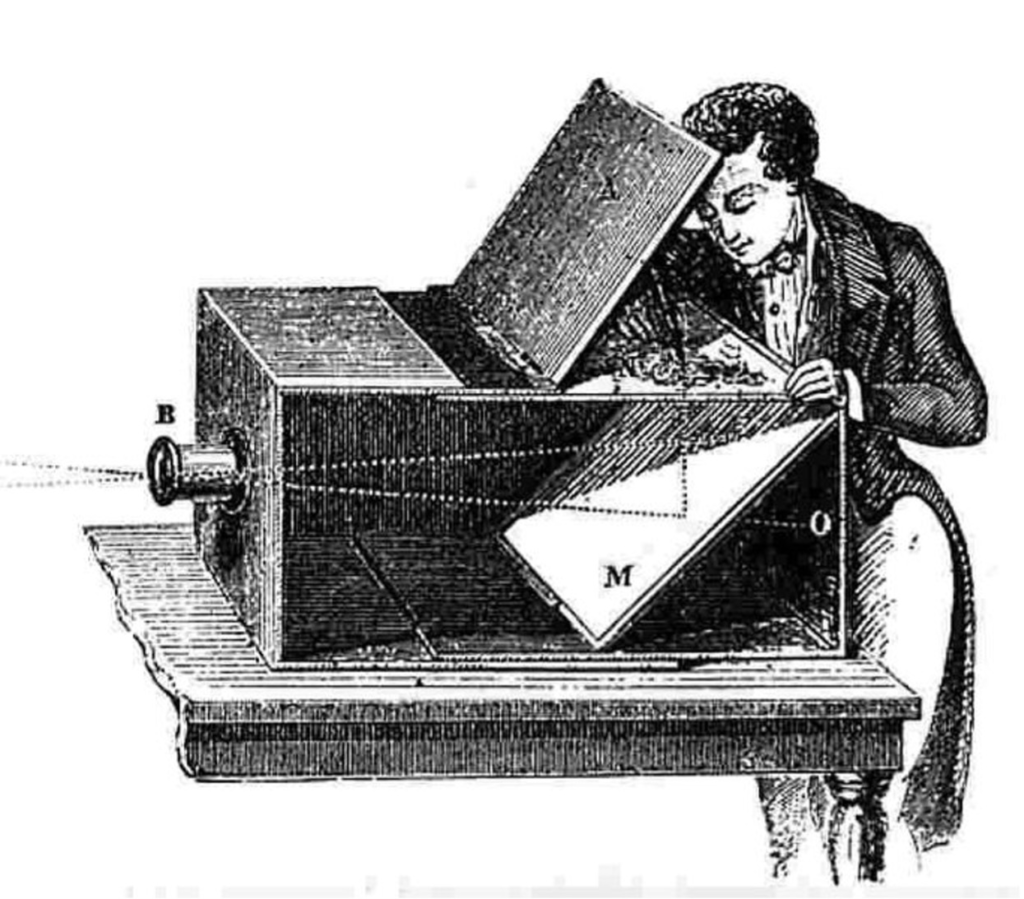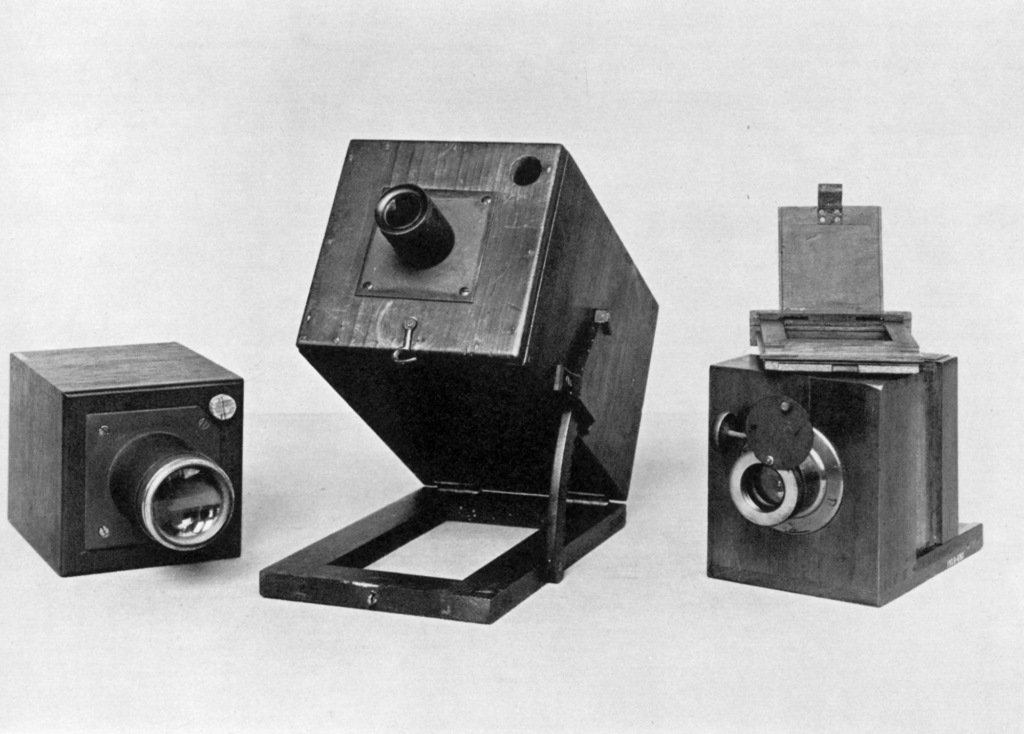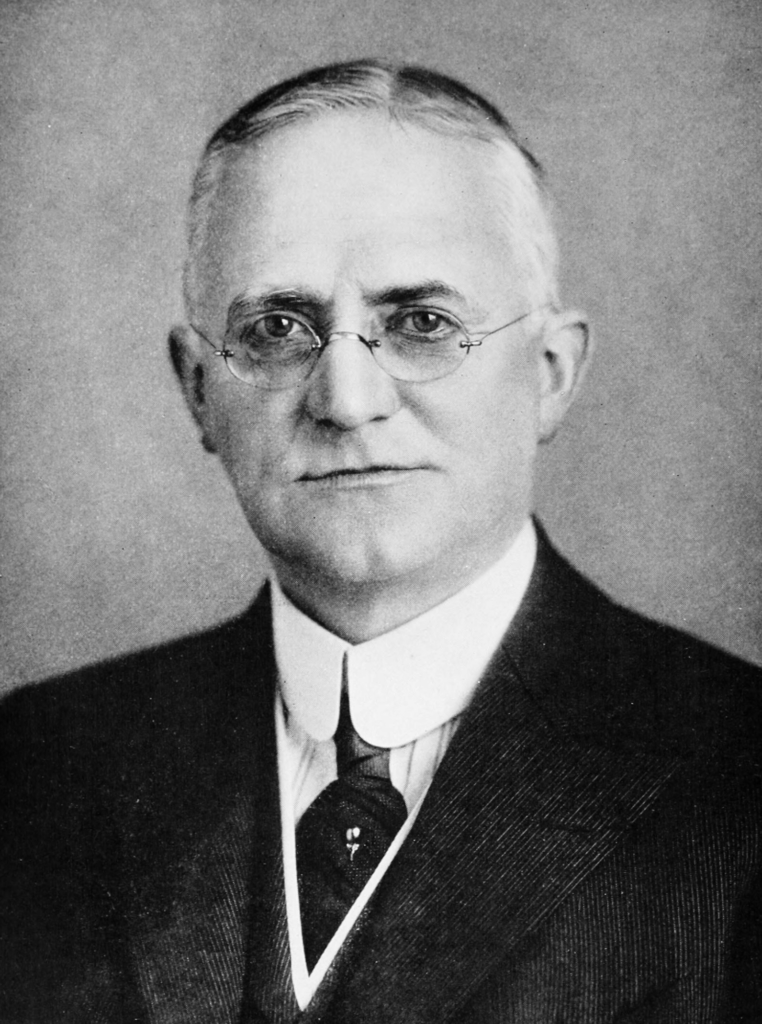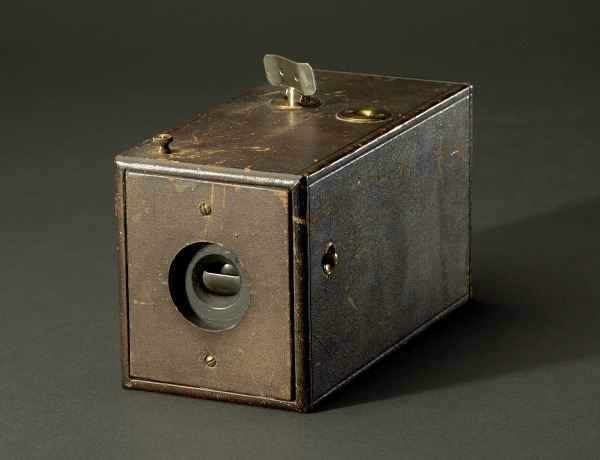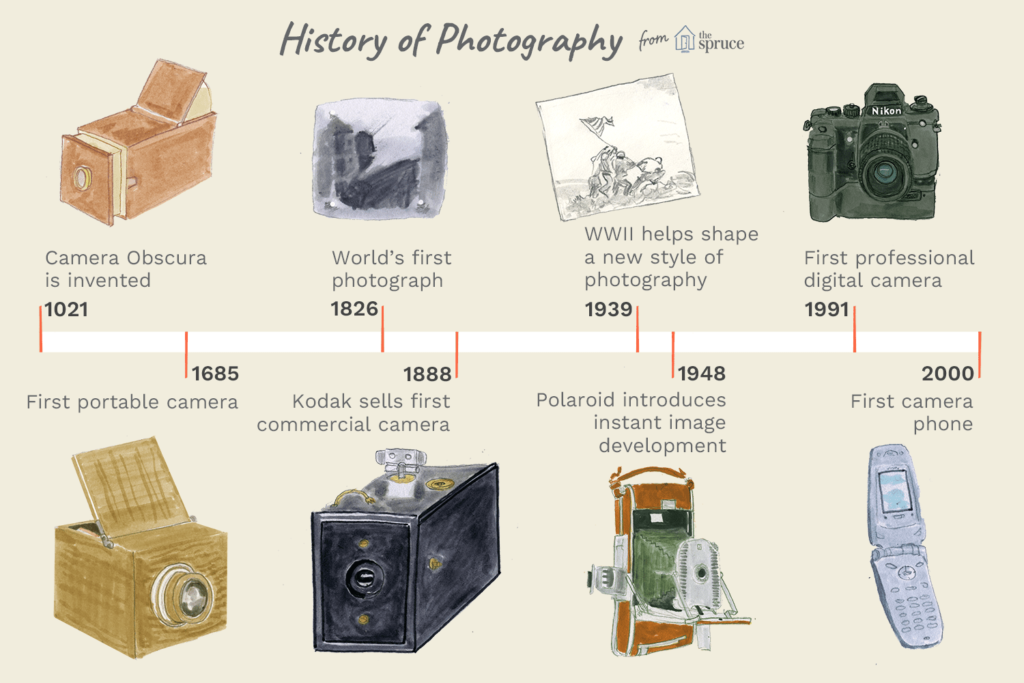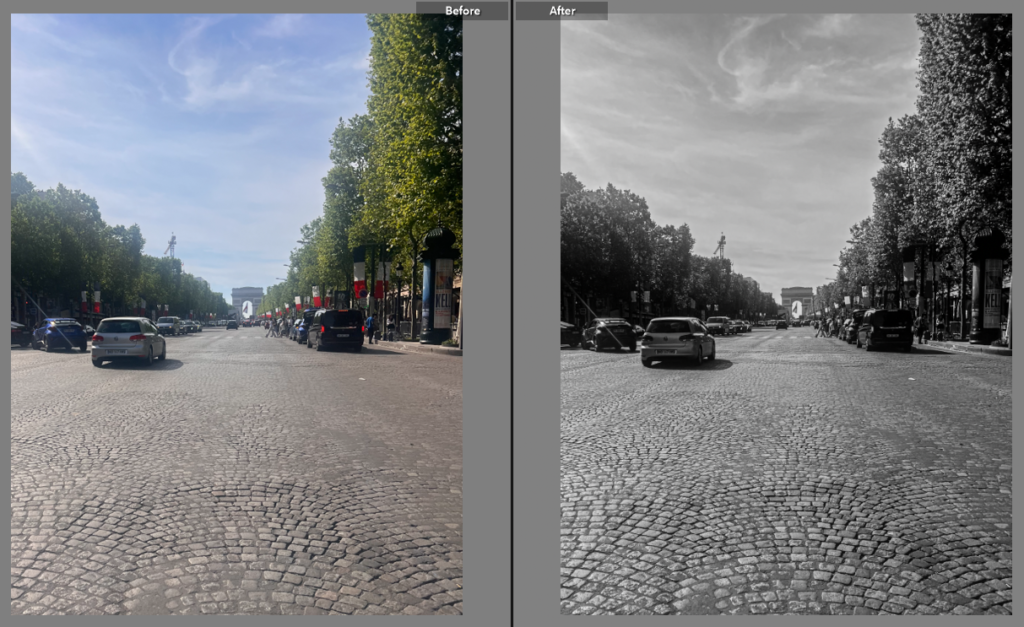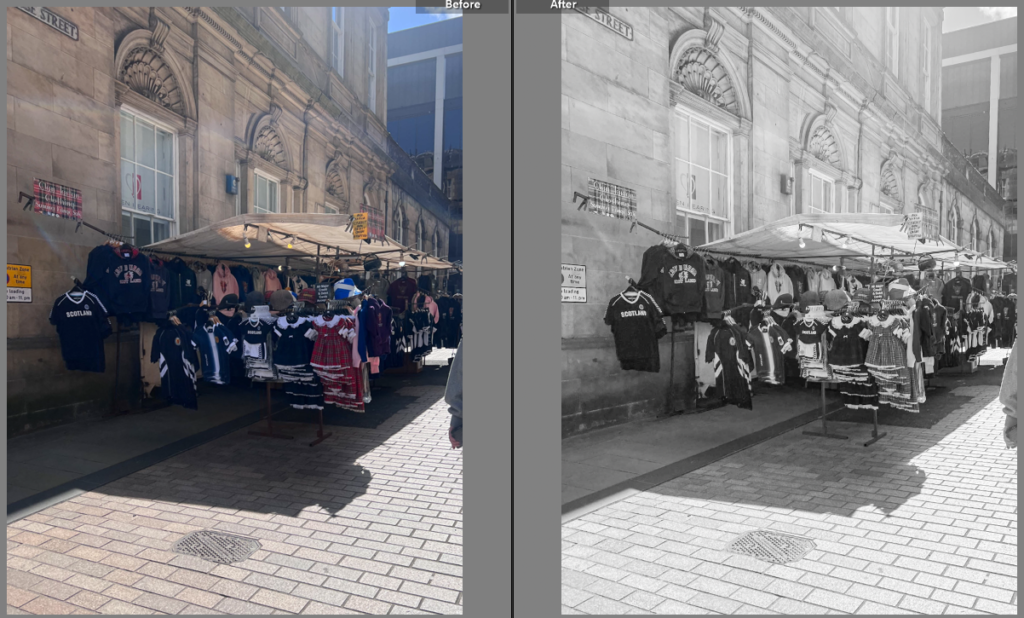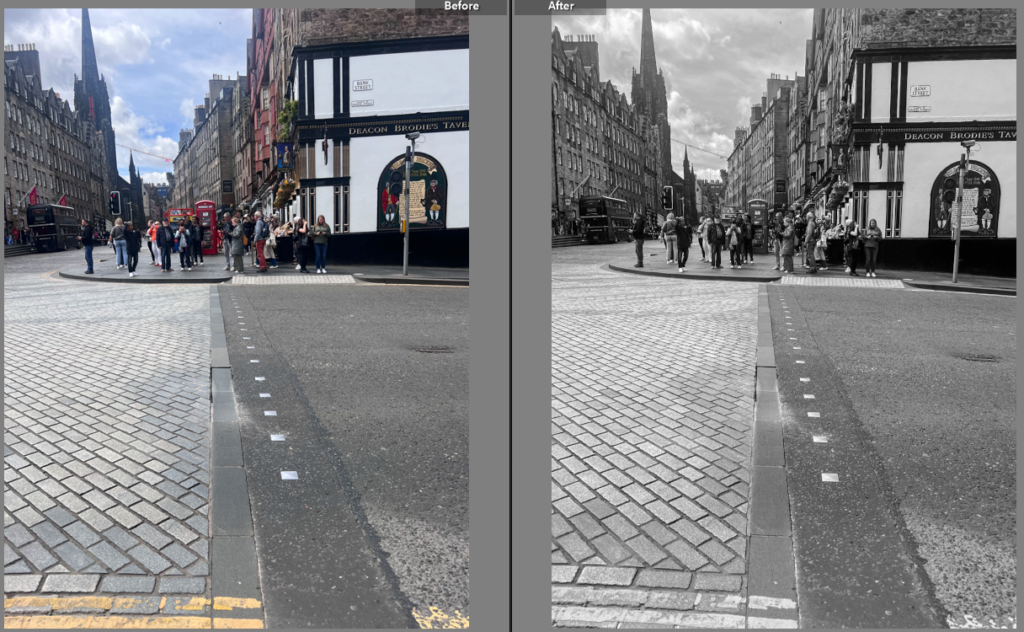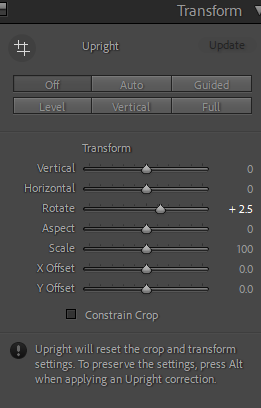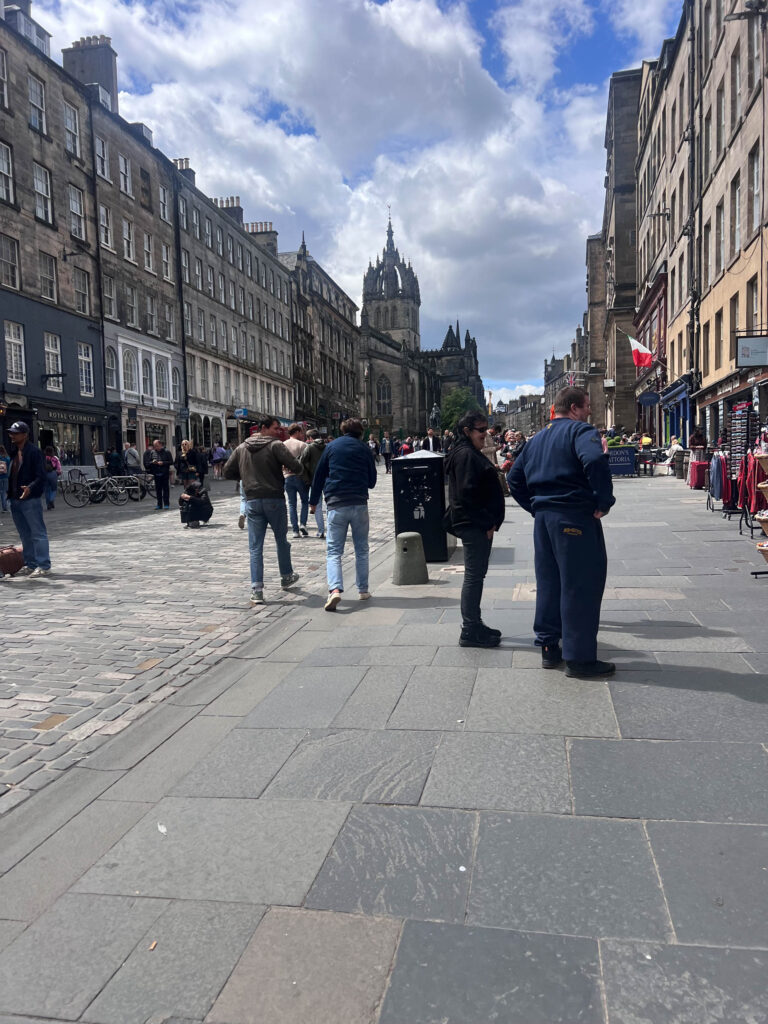Front Page:

I chose this image of fishermen’s storage rooms as my first page. I did this because it creates a sense of mystery and intrigue. I knew I wanted this because I knew I wanted to have the front page and the back page to correspond with each other and I thought this image was interesting as my front page as your not too sure what is inside the zine yet causing the person to be interested.
First page:
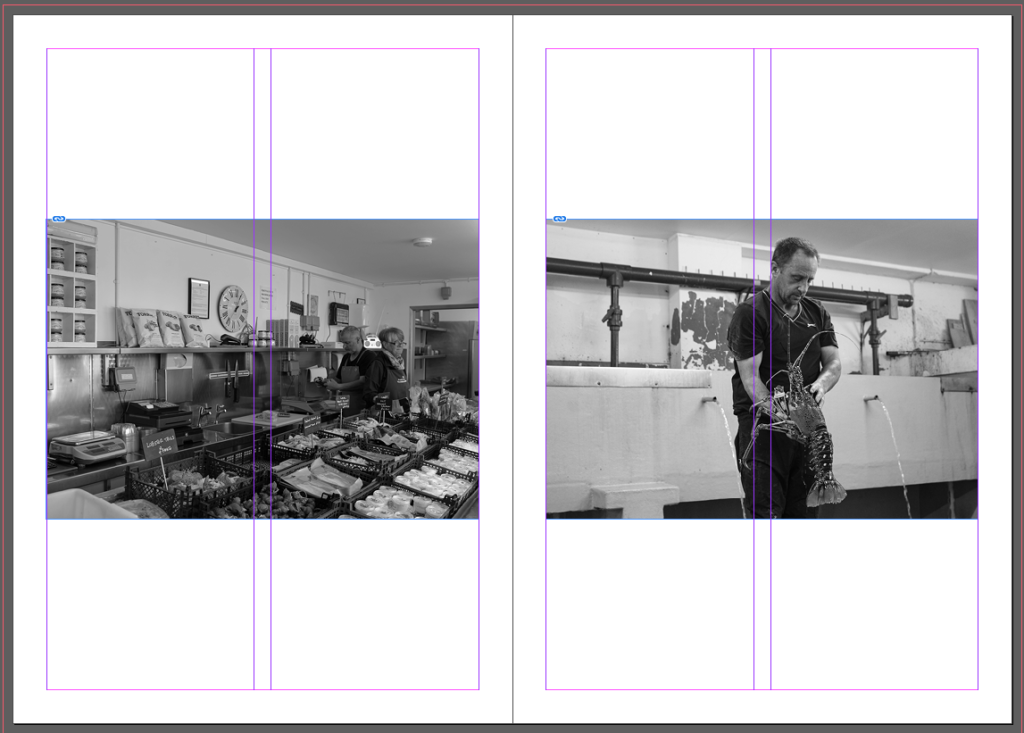
The first page of my zine I did two pictures straight across from each other of people working in and around the harbour. I put these two images together because both include people working with fish/sea animals within the same area just doing two different jobs. The left image of a fish shop showing the workers and the fish they sell and the right image being of a man working with big crayfish and some other sea animals that you can’t see in the image. I chose to put both pictures straight across from each other because it looked clean with both pictures being in black and white creating the sleek look that I wanted with my zine.
Second page:

For the second page I chose two pictures of fishermen’s storage rooms, one angled down through all of them and one more upfront of one store room. The image on the left page shows all the lockers as if you were standing and looking straight through them. The image of the right page shows one storage room with wellies hanging from the door, this shows that the old lockers that have been used for hundreds of years are still being used today by fishermen. I wanted these pictures in my zine because they resembled the front and back of the zine but these ones are in colour, you cant see the colour in the front and back page apart from the red I kept in them. I originally had these two pictures straight across from each other but it looked boring as I have done that for other pages as well so I put the left picture at the bottom and the right picture at the top for more structure in the zine but still looks clean and sleek.
Third page:
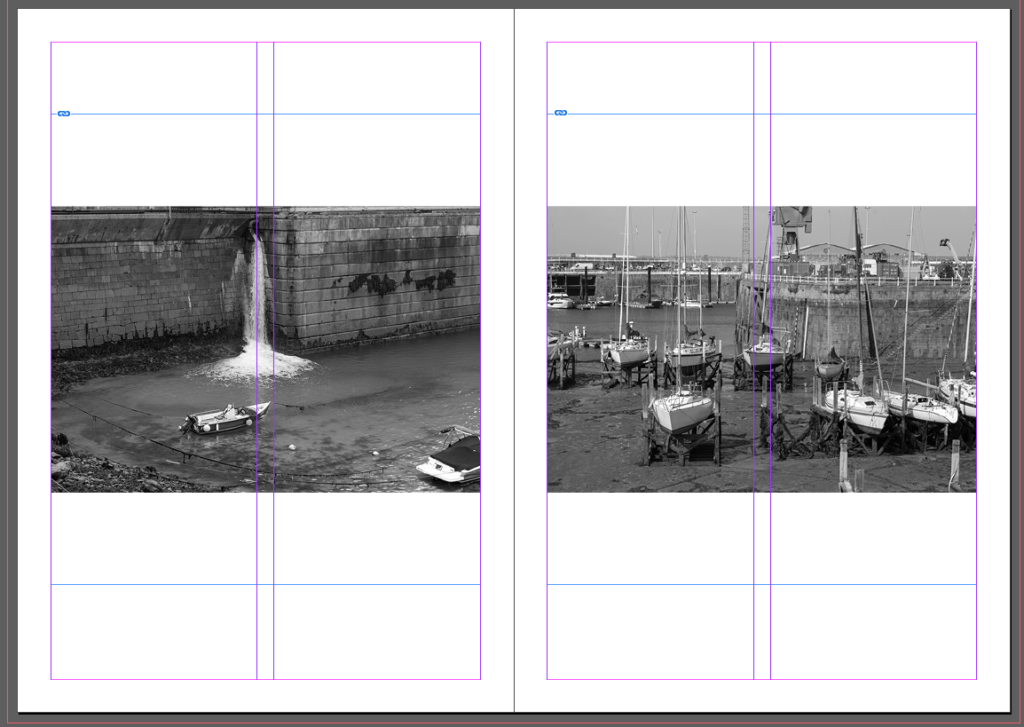
The third page of my zine consists of two images of boats. The image on the left page is of one singular boat with low tide visibly in the image. The left image also creates a sense of mystery as the main feature of the image is the boat alone with the back of another boat being in the image you can’t tell if its just them two or more boats around them. The right image shows more boats lined and propped up on wooden beams with no water around. Both images look like they could have been taken a while ago because of the boats within them. These images, in my opinion go well together because both include the visibility of how old the harbour is and how one boat can have lots of space and within a 5 minute walk boats can be cramped together.
Fourth page:

I chose this image of a hill going down towards the boats with lots of buildings in the background because Its different to my other images because non of the others have this kind of perspective of being at sea and looking onto land and at the same time it blends in well with my other images as it carries the same older and vintage aesthetic. I put one large landscape image across two pages in my zine and made the image go all the way to the end of the margin lines I created so it was a full bleed photo. I wanted a couple of these in my zine because I like the way it looks and contrasts to other pictures in my zine that have borders or don’t completely fill the page.
Fifth page:
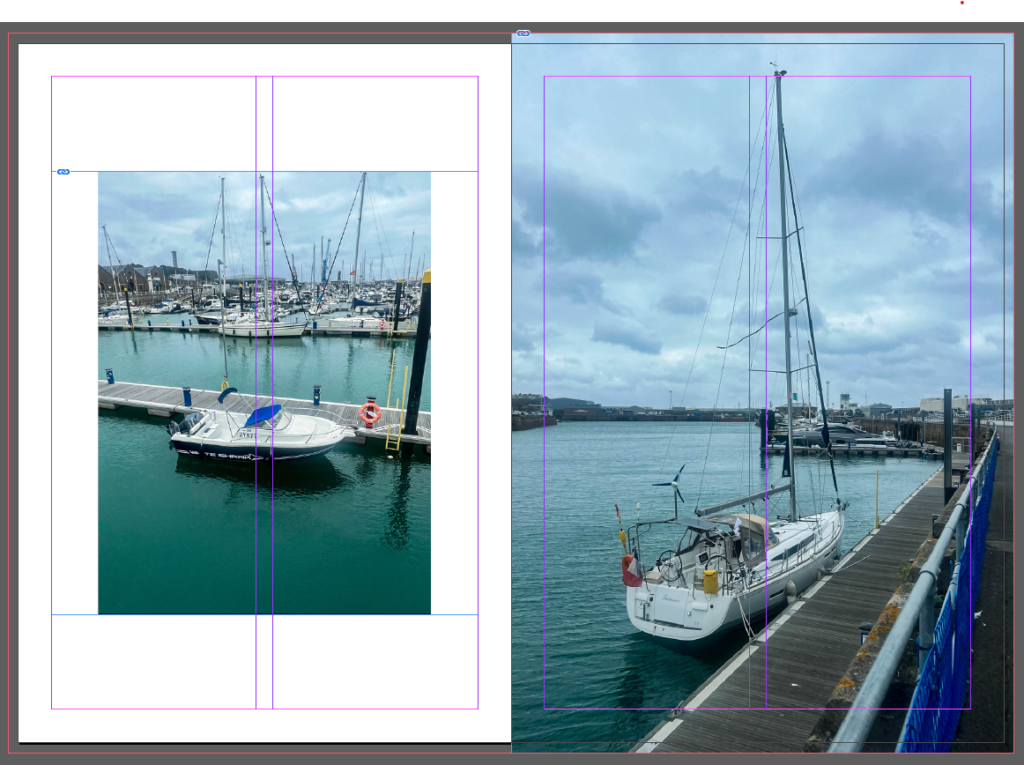
For the fifth page I put two pictures in colour of boats. I did the left page smaller and with a border and my other one full bleed to create a nice contrast effect where one has a border and the other is full bleed. I liked this compared to my other pages with two images on that are the same size and either straight across or diagonal. These two images contrast with every other image in this photo but I like how it is different and adds a big pop of colour throughout my zine compared to all the other black and white or beige coloured images. These two images were taken on the other side of the harbour from the others with all the more modern and newer boats so I thought it would be best to leave these in colour.
Sixth page:

I chose these pictures of wall art across the harbour to be in my zine because it creates a different aesthetic compared to all the boats and other harbour related images in the zine where they are all of actual real things whereas these images are of art on a wall. I put these in black and white and diagonal from each other similar to my fishermen’s store rooms for more effect and structure throughout the zine.
Seventh page:
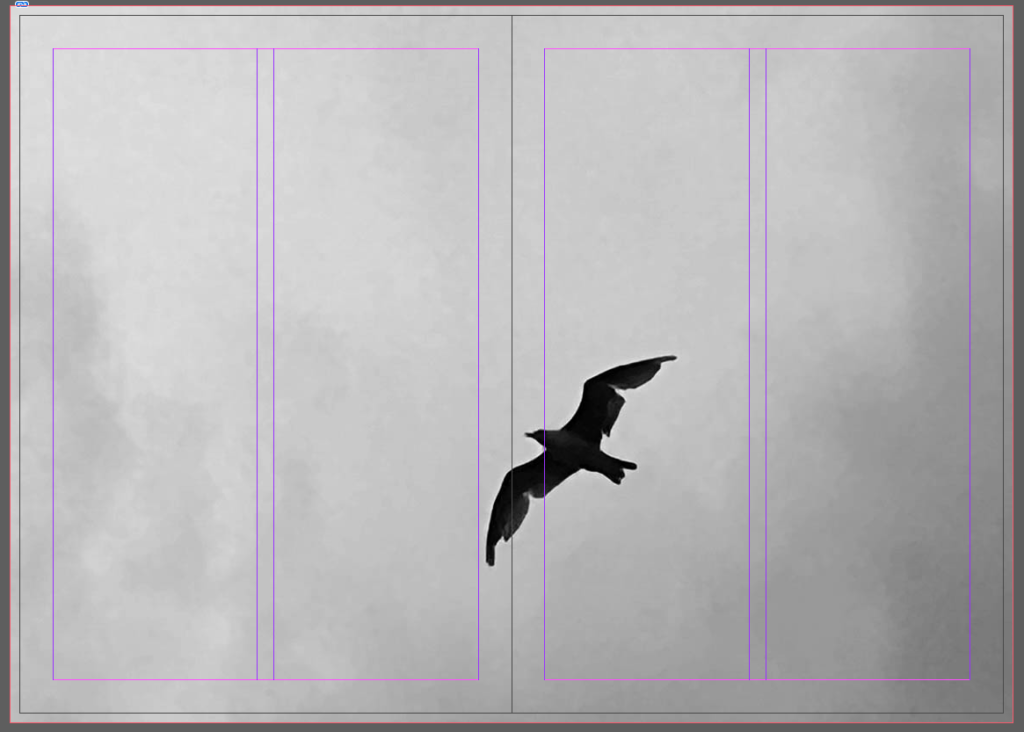
For the final page I chose this picture of a seagull. I originally had this image with the two wall art pictures but I put it on its own page because it looked squished when I put all three on one page. I made this full bleed because I wanted to have all my pages with one picture on the be full bleed and I thought it looked cool that the bird spread across two pages. I chose the bird to continue the aesthetic of mystery throughout my zine.
Back Page:
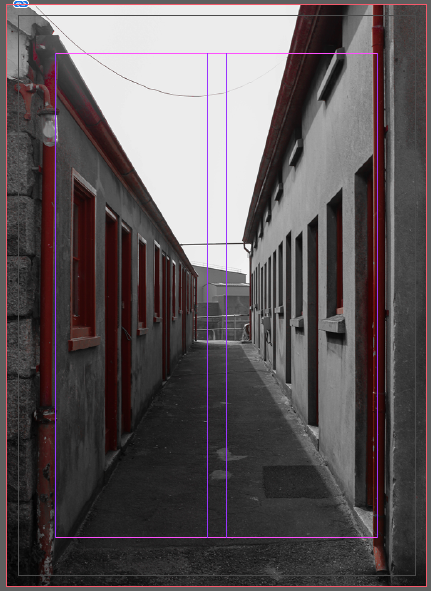
I chose this as the back page because it goes with the front cover but from a different angle. I did it like this because I liked the effect it created on the back and front of the zine where it’s the same picture and location but at a different angle. It makes the zine tell a story like the front you are going through the store rooms and then throughout the zine two more pictures of the lockers show up, one of an actual store room and then finally you reach the opposite end of the rooms like you reach the end of the zine.














